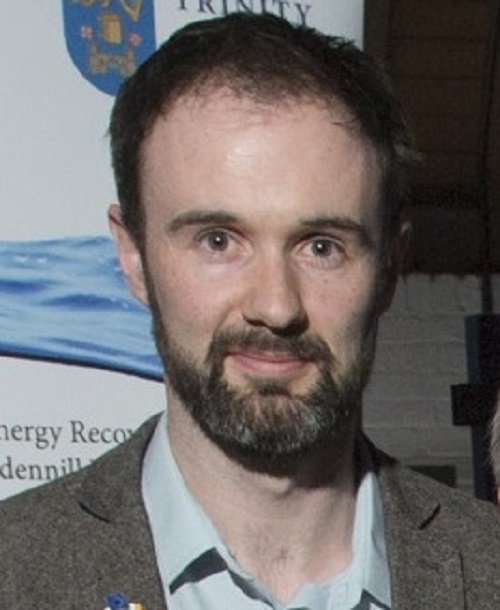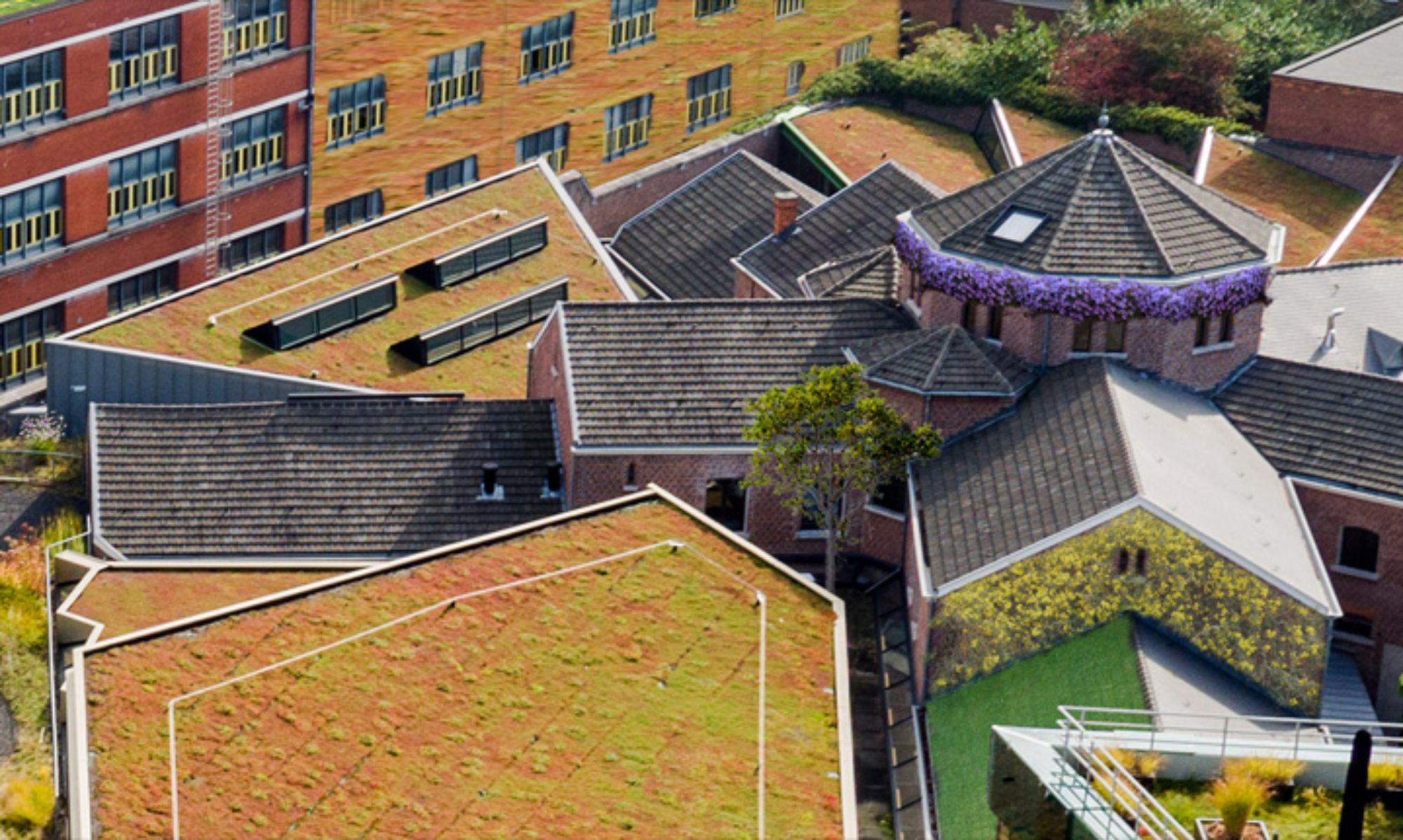John Gallagher is an Assistant Professor in Environmental Systems Modelling, School of Engineering, Trinity College Dublin, the University of Dublin. He has experience in design and assessment of passive air pollution control systems using life cycle assessment to generate low-carbon and resource efficient conclusions without negative consequences i.e. aligning with circular economy goals. Currently he is active as a co-investigator on several National and European projects: two INTERREG projects, and one Horizon2020, Erasmus+, SEAI and EPA project on air pollution, energy efficiency/recovery measurement and circular economy solutions. He also conducts several teaching activities like lectures and workshops on undergraduate and postgraduate programes across Europe.

1. How can you relate your work activities to urban greening?
My work focuses on improving our understanding of the impacts of urban greening on environmental quality (air, noise, thermal comfort, etc) at a local scale. We focus on both design and assessment of green infrastructure (GI) performance, and aim to provide clarity and guidance on how to implement and manage GI to ensure it provides improvements and avoids negative consequences e.g. for air quality, we wish to maximize dispersion and deposition, whilst ensuring trapped pollution at street level.
2. What do you think are the key factors for a good human-nature relationship? How can urban greening contribute as much as possible to this?
Accessibility to nature is key, so using green walls and roofs must act as a conduit or connector between existing green spaces. A network of urban greening is aspirational, and therefore focused planning is required.
An interesting statistic from the U.S. comes to mind, that millions of children attend schools that are within 150m of a major traffic highway, a concentrated pollution source, yet do we have the same level of access to green/blue spaces in our daily lives? And what is an acceptable quantity of urban greening to provide us with healthy human-nature interactions.
3. In which aspects would you like to see change in this in the short and long term?
Improved planning and design standards for green infrastructure and nature-based solutions, an area which I am currently working on, as the existing knowledge we have is solely based on assessment after implementation with limited considerations of linking desired outcomes in the design process. For example, removing X g of a given pollutant, or reducing the temperature in a street by Y %, with the introduction of a Z m2/m3 intervention of GI (if it is positioned in a specific manner).
4. What advantages do green roofs and facades offer compared to other Nature Based Solutions in cities like parks or urban gardens?
They offer improvements to the energy performance of a building and can provide improved connectivity of green space in cities, as they can enhance green corridors for biodiversity to flourish in what would otherwise be a grey area with fragmented or dispersed green space.
However, it is important to note that nature-based solutions (NBS) such as green roofs and facades, can require more maintenance and resources than a park or urban garden, and that is reflected by possible additional costs over time. Therefore, implementing these measures requires buy-in from the stakeholders who will pay for its upkeep into the future.
5. Which ecosystem service affects your field of work the most and how do you see the future?
Environmental quality is evolving in cities, air quality may improve through the electrification of transport but more extreme climates will lead to more variation in temperatures and rainfall conditions. Therefore, the future will be more dynamic and urban greening needs to be more robust to help alleviate this in cities, but also, we need to ensure that the GI or NBS will be suitably resilient to the ever changing climate.
